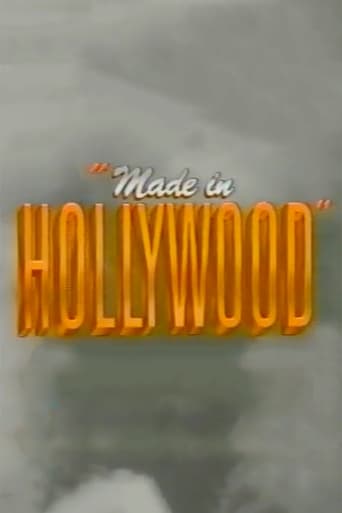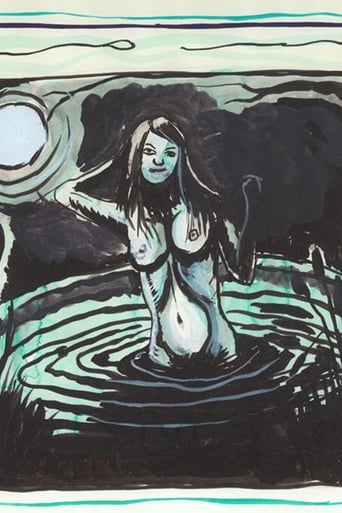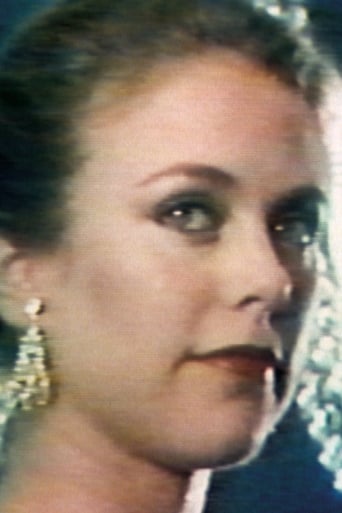Made in Hollywood 1990
Steeped in irony, Made in Hollywood depicts the personal and cultural mediation of reality and fantasy, desire and identity, by the myths of television and cinema. Quoting from a catalogue of popular styles and sources, from TV commercials to The Wizard of Oz, the Yonemotos construct a parable of the Hollywood image-making industry from a pastiche of narrative cliches: A small-town ingenue goes West to find her dream and loses her innocence; the patriarch of a Hollywood studio nears death; a New York couple seeks screenwriting fame and fortune in the movies. With deadpan humor and hyperbolic visual stylization, the Yonemotos layer artifice upon artifice, constructing an image-world where reality and representation, truth and simulation, are meaningless distinctions.



